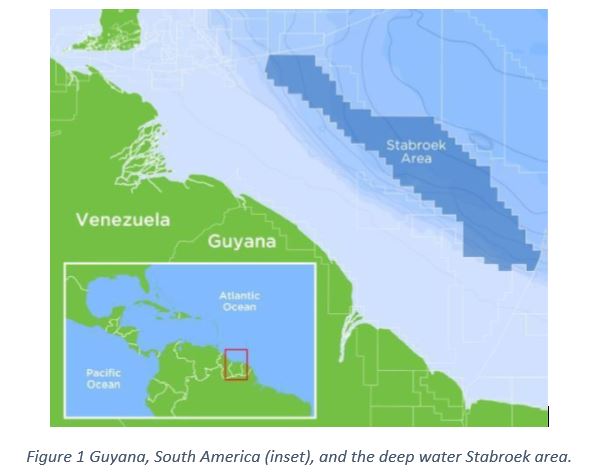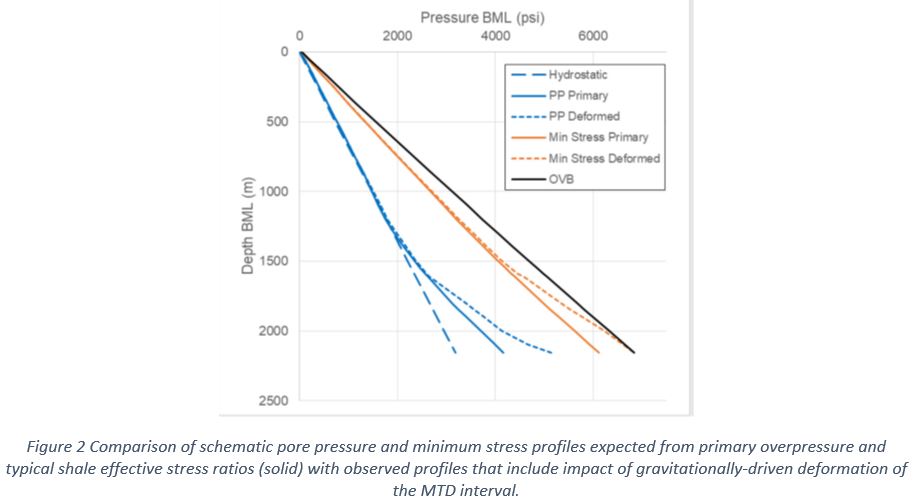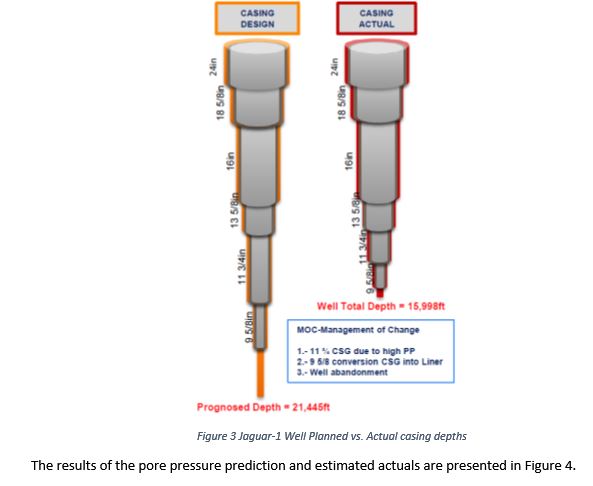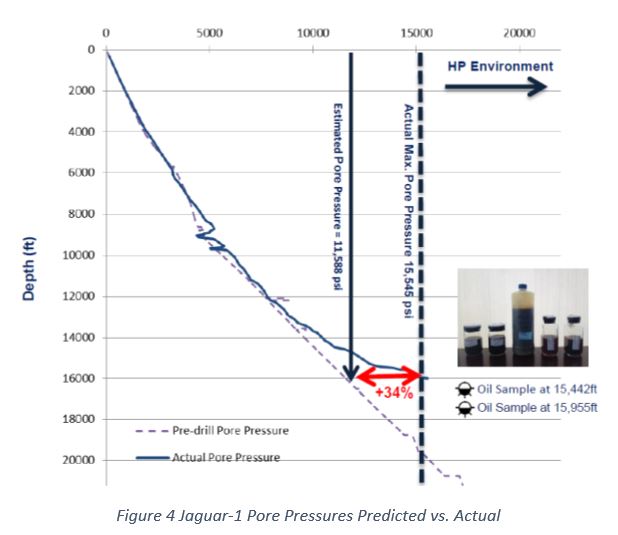Guyana Suriname Typical Exploration Drill String Definition.
Client Problem
AB Consult International was tasked to give a sense check on the Bill of Materials (BOM) for supplying OCTG and conductor pipes for several exploration wells. Two string types, in particular, were of interest a) a quite simple with 13 3/8” and 9 5/8” casing only and b) a more complex one with a variety of sizes and weights. The author can conclude that both types are viable in Guyana depending on the requirements of the well in question.
It is worth noting that there exists a HPHT regime in Guyana, especially when targeting the deeper reservoirs. This explains the requirement for string b.
There is a limited amount of data available on the subsurface results of the exploration, appraisal, and development activities in Guyana. One published well Jaguar-1 drilled by Repsol in 2013/2014 is an exemplary case study of adopting to a new hydrocarbon province. Most of the content in this note is from that well.
The uppermost two to three kilometres of sediment fill off the coast of Guyana is dominated by stacked mass transport deposits (MTDs) of Messinian age or younger (Figure 1). A seismic character suggests that these complexes range from slump- and slide-dominated deposits inboard, which often includes intact blocks of shelf material, to more homogenous, extensively reworked deposits outboard. Regardless of basinal position, well data indicate that these deposits are dominated by mud and silt-sized particles, with little to no sand-sized material. These MTDs are deposited on top of Paleogene-aged sediments that are locally carbonated and sand-bearing.

Well results during the exploration phase indicated that traditional methods were not accurate for predicting the pore pressure – casing requirements for safe drilling. The calculated profiles were compared to minimum stress estimates obtained from leak-off tests, pressure integrity tests, and lost return events. In several cases, the Well data suggested significantly higher minimum stresses than predicted, with most tests in the deeper MTDs approaching the estimated overburden stress. To address the applicability of these estimates for minimum stress to future well planning, several interpreted mechanisms for these elevated stresses were proposed and investigated. The analysis gives a prediction of pore pressure vs. depth below the mud line indicating a sharp increase in pore pressure at about 1,700m

Jaguar-1 well drilled by Repsol had to be TD’d some 5000 ft shallower than planned due to pore pressure being much higher than anticipated (Figure 3).

The results of the pore pressure prediction and estimated actuals are presented in Figure 4.

The geological prognosis was reasonably accurate, and the Blue Marker identified by seismic was reached on target. However, the casing program was adjusted due to the abnormally high pressure.

The Jaguar-1 well also confirmed the high geothermal gradient offshore Guyana, in line with other similar basins. The estimated geothermal gradient is 31.4°C/km or 1.72°F/100 ft (Figure 6).

It can be concluded that some of the deeper wells in the Guyana-Suriname basin fall in the HPHT category (Figure 7).

